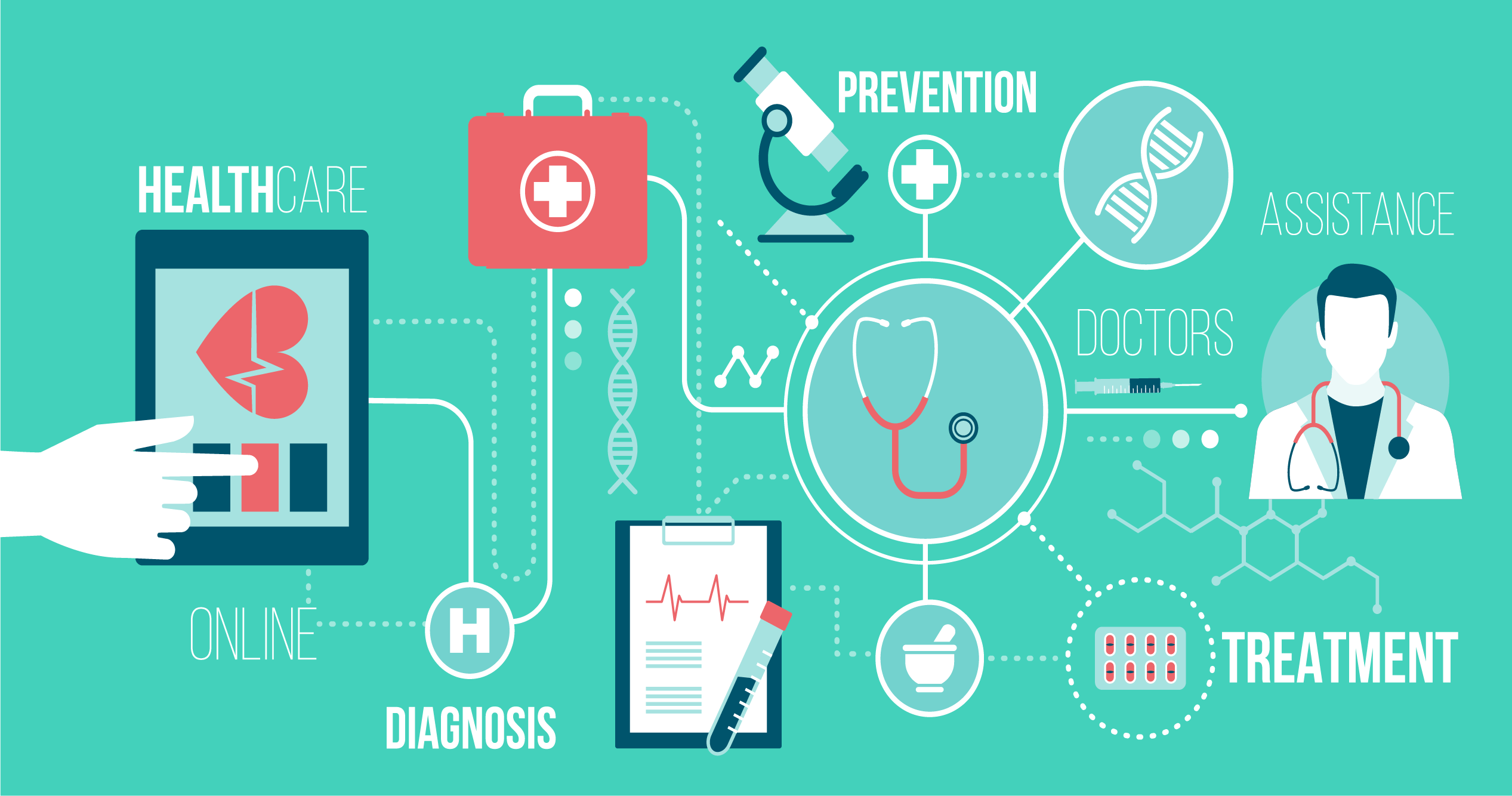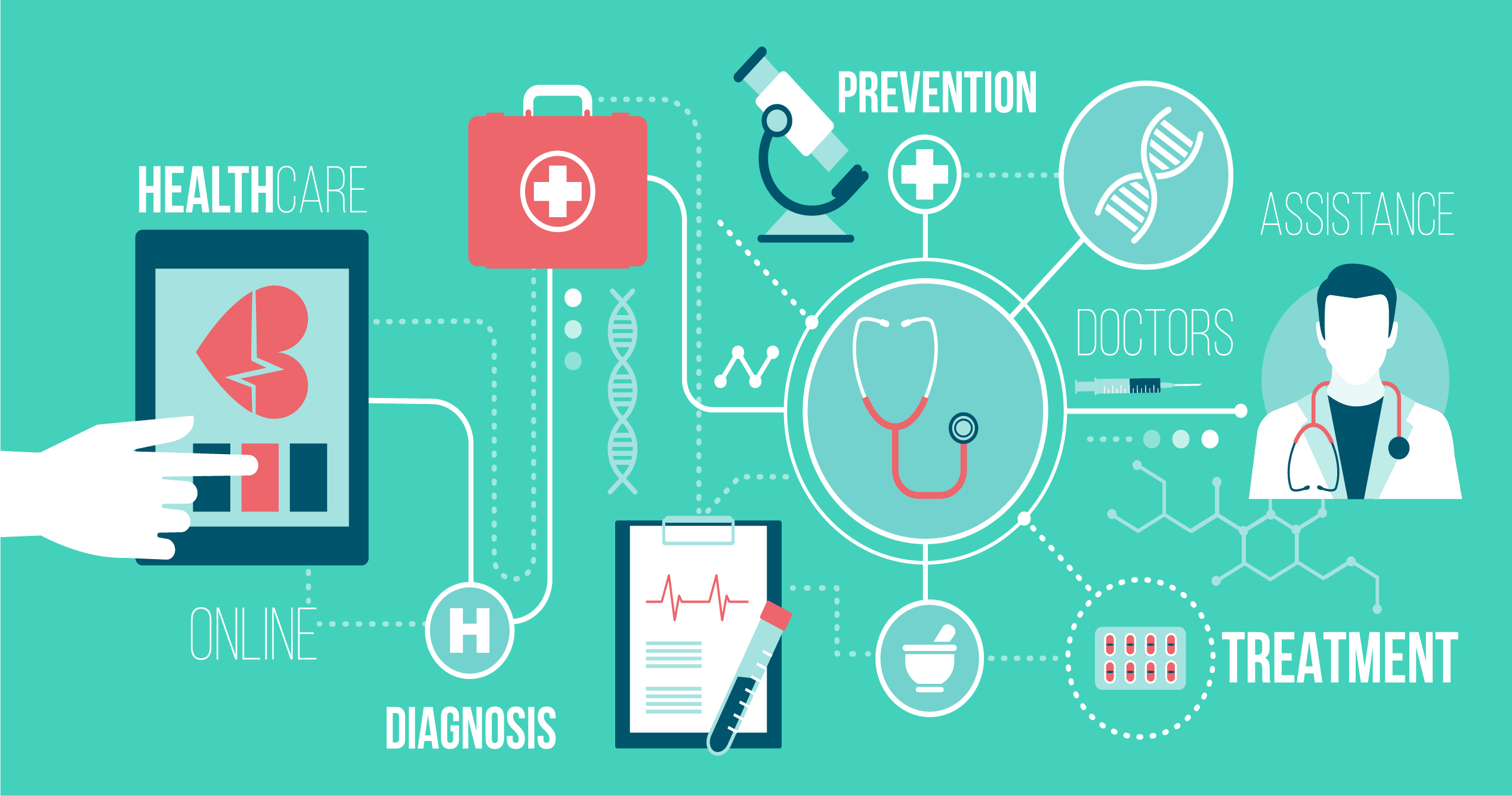
The public and private sector have been working together, complementing each other in the provision of healthcare in the country.
According to Malaysia’s Minister of Health Datuk Seri Dr. S. Subramaniam. He was speaking recently at the opening ceremony of the Association of Private Hospitals of Malaysia (APHM)’s conference/exhibition held at the Kuala Lumpur Convention Centre from 25th to 27th July.
This year marks the 25th anniversary of APHM’s International Healthcare Conference & Exhibition.
“We are fortunate in Malaysia, because of the complementary existence of the public and private sectors,” he said.
The relationship helps both sectors to provide healthcare access and equity in healthcare, especially in urban areas, where the private sector continues to fulfill this.
As for areas where it is not possible for the public to have access to private healthcare, the public sector will meet those expectations, said the Minister.
However, the private healthcare sector is facing challenges when it comes to patient traffic.
“Private hospitals have seen a drop of 20 to 30% in patients,” said Dr Jacob Thomas, President of APHM.
This has resulted in a major loss of revenues, Thomas explained, adding that the decline occurred with the implementation of GST two years ago, and also due to the recent downturn of the nation’s economic situation.
Public hospitals still continue to receive patient traffic. However, the waiting period for receiving medical supplies and for MRI and CT scans is getting longer. This issue, according to Thomas, is also a concern for the Ministry of Health.
“The need for the public and private healthcare sector to work together is vital, and this has been brought up year after year,” emphasised Thomas.
The coexistence of the public and private healthcare sectors addresses the issues of affordability and sustainability. When Malaysians are unable to afford a private hospital, they fall back on public hospitals.
As well, 25% of patients seen in public hospitals have access to healthcare insurance and are able to use this for private healthcare facilities that have the capacity to handle patients in a timely manner, Thomas added.
The gap between the public and private healthcare sectors seems to be narrowing, with quite a few private hospitals providing diagnostic services to government hospitals at reasonable rates as well as government specialists being allowed to work for limited sessions in private hospitals.
Thomas stated that APHM is discussing the possibility of private hospitals conducting training for specialists.
Datuk Subramaniam also spoke about the Malaysian Health Data Warehourse (MyHDW) that will serve as vital input in drafting policies in relation to the healthcare system in the country.
He said the process of collecting holistic data was important as analysis could provide strong evidence in drafting solutions to problems and at the same time to understand the current state of the country’s public healthcare situation.
MyHDW was launched in April this year and is a central database that connects public and private hospitals as well as clinics to share a variety of information and knowledge including a patient’s medical records in a secure system.
Meanwhile, in medical tourism area, private hospitals play a major role in ensuring that Malaysia is recognized as a preferred global destination for healthcare.
Last year, private hospitals in the country received more than 990,000 patients, bringing in revenue in excess of RM 1 billion, said Thomas.
While Thomas hoped that the government would be able to achieve its KPI set for hitting a higher target for medical tourism, Datuk Subramaniam said that it was up tothe private sector to be more active in pushing the medical tourism agenda.
According to Malaysia’s Minister of Health Datuk Seri Dr. S. Subramaniam. He was speaking recently at the opening ceremony of the Association of Private Hospitals of Malaysia (APHM)’s conference/exhibition held at the Kuala Lumpur Convention Centre from 25th to 27th July.
This year marks the 25th anniversary of APHM’s International Healthcare Conference & Exhibition.
“We are fortunate in Malaysia, because of the complementary existence of the public and private sectors,” he said.
The relationship helps both sectors to provide healthcare access and equity in healthcare, especially in urban areas, where the private sector continues to fulfill this.
As for areas where it is not possible for the public to have access to private healthcare, the public sector will meet those expectations, said the Minister.
However, the private healthcare sector is facing challenges when it comes to patient traffic.
“Private hospitals have seen a drop of 20 to 30% in patients,” said Dr Jacob Thomas, President of APHM.
This has resulted in a major loss of revenues, Thomas explained, adding that the decline occurred with the implementation of GST two years ago, and also due to the recent downturn of the nation’s economic situation.
Public hospitals still continue to receive patient traffic. However, the waiting period for receiving medical supplies and for MRI and CT scans is getting longer. This issue, according to Thomas, is also a concern for the Ministry of Health.
“The need for the public and private healthcare sector to work together is vital, and this has been brought up year after year,” emphasised Thomas.
The coexistence of the public and private healthcare sectors addresses the issues of affordability and sustainability. When Malaysians are unable to afford a private hospital, they fall back on public hospitals.
As well, 25% of patients seen in public hospitals have access to healthcare insurance and are able to use this for private healthcare facilities that have the capacity to handle patients in a timely manner, Thomas added.
The gap between the public and private healthcare sectors seems to be narrowing, with quite a few private hospitals providing diagnostic services to government hospitals at reasonable rates as well as government specialists being allowed to work for limited sessions in private hospitals.
Thomas stated that APHM is discussing the possibility of private hospitals conducting training for specialists.
Datuk Subramaniam also spoke about the Malaysian Health Data Warehourse (MyHDW) that will serve as vital input in drafting policies in relation to the healthcare system in the country.
He said the process of collecting holistic data was important as analysis could provide strong evidence in drafting solutions to problems and at the same time to understand the current state of the country’s public healthcare situation.
MyHDW was launched in April this year and is a central database that connects public and private hospitals as well as clinics to share a variety of information and knowledge including a patient’s medical records in a secure system.
Meanwhile, in medical tourism area, private hospitals play a major role in ensuring that Malaysia is recognized as a preferred global destination for healthcare.
Last year, private hospitals in the country received more than 990,000 patients, bringing in revenue in excess of RM 1 billion, said Thomas.
While Thomas hoped that the government would be able to achieve its KPI set for hitting a higher target for medical tourism, Datuk Subramaniam said that it was up tothe private sector to be more active in pushing the medical tourism agenda.

